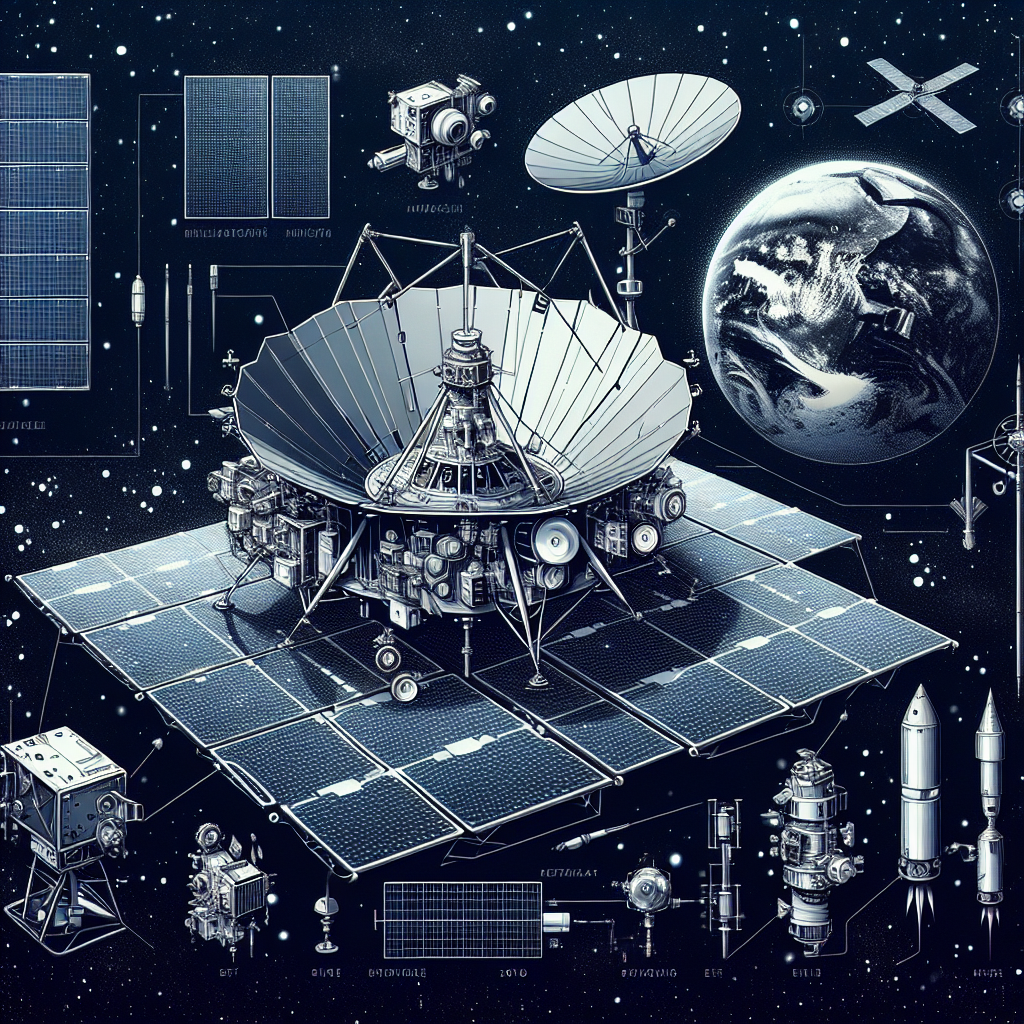NISAR Mission: A New Era of Global Imaging
The NASA-ISRO Synthetic Aperture Radar (NISAR) mission is set for launch, aimed at providing high-resolution imaging of global land and ice surfaces every 12 days. This joint effort, a symbol of US-India collaboration, marks a major advancement in satellite technology for global scientific research.

- Country:
- India
The countdown for the highly anticipated NASA-ISRO NISAR Mission began on Tuesday, according to ISRO sources. The Geosynchronous Satellite Launch Vehicle is slated to deliver the NASA-ISRO Synthetic Aperture Radar (NISAR) to a Sun-synchronous polar orbit at 5:40 pm on Wednesday.
Conceptualized over a decade ago, this mission gained momentum after the meeting between US President Trump and Prime Minister Narendra Modi. It will be the 102nd launch from this spaceport, and the first GSLV mission to a Sun-synchronous polar orbit.
The NISAR mission is expected to enhance global scientific research by providing high-resolution data on the planet's land and ice surfaces, thus offering scientists a new perspective on environmental shifts. This mission highlights the growing collaboration between NASA and ISRO, building on past successful ventures like Chandrayaan-1.
(With inputs from agencies.)










